UPDATE:
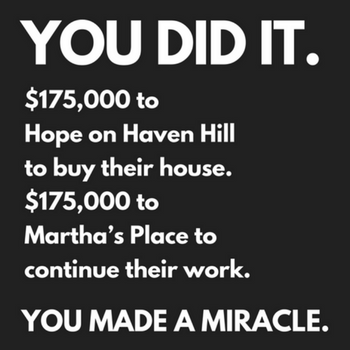
Thank you. The Love Flash Mob is done, and once again: YOU MADE A MIRACLE!!!!!
Because of your commitment to show up for our sisters – Hope on Haven Hill will receive $175,000 dollars – which is EXACTLY the amount of money needed to secure the transitional home for Ari, Haven, and the other warrior mamas and babies. They will have their home- to continue to heal and STAY with their babies. Because of you.
It was always our intention and commitment to give Martha’s Place the exact same amount that we gave to Hope on Haven Hill.
Martha’s Place’s dream number — the number that would keep their life-saving, community-healing work going for the next year — was $103,000. An hour ago, they learned that they’d be receiving $175,000.
The world is a hard place, and pain abounds. The world is also a beautiful place where love abounds.
Thank you for proving that We Belong To Each Other, once again.
No matter what, we will keep showing up for this brutiful world. Love can’t be beat if it won’t quit. We won’t quit. Thank you.
If you want to be part of the year-round work of Together Rising, please consider making a one-time, quarterly or monthly tax-deductible donation HERE. As always, 100% of what receive from you goes to people in need. You can also donate as a holiday gift and receive a downloadable gift certificate for the holidays.
Love,
G & Together Rising
Please click Give Now to donate. These miracles happen because of $10 & $25 donations from thousands of people. Every penny we receive from your tax-deductible donations will go directly to Hope on Haven Hill & Martha’s Place— any extra will fund recovery homes across America.
We’re going to buy a house today. We’re going to buy THIS house today:
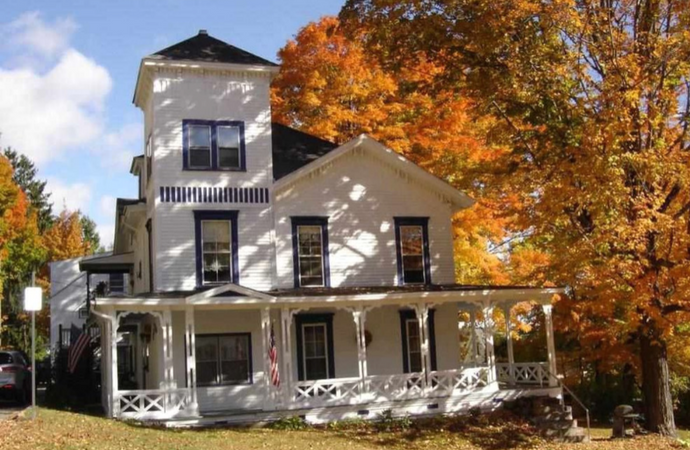
We’re going to buy it together, so that some brave sisters and beautiful babies will have a home. But I’m ahead of myself. We need to start at the beginning. Our story begins the same way every world-changing movement begins: with one woman and her broken heart. Brokenhearted women will save the world. They always have. Let me tell you a story about how that works.
There once was a woman named Kerry and her heart was broken.
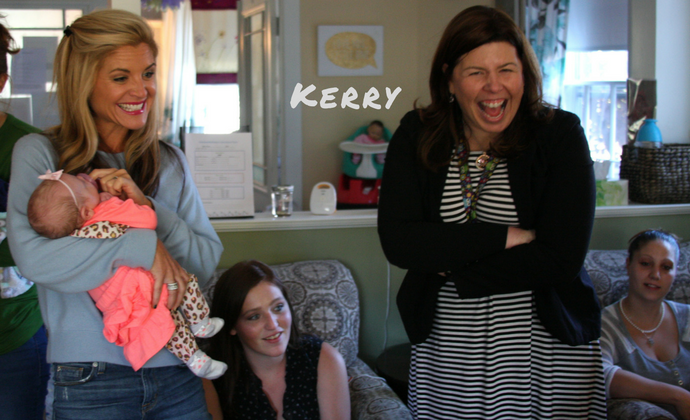
Kerry is a prenatal nurse in Rochester, New Hampshire. Like so many towns across America, Rochester has been ravaged by opioid addiction. Drug overdose is now the #1 killer of Americans under 50. The number of heroin-related overdose deaths increased 533% between 2002 and 2016. On average, 91 Americans die every day from an opioid overdose. Every 25 minutes, a baby in America is born suffering from opiate withdrawal.
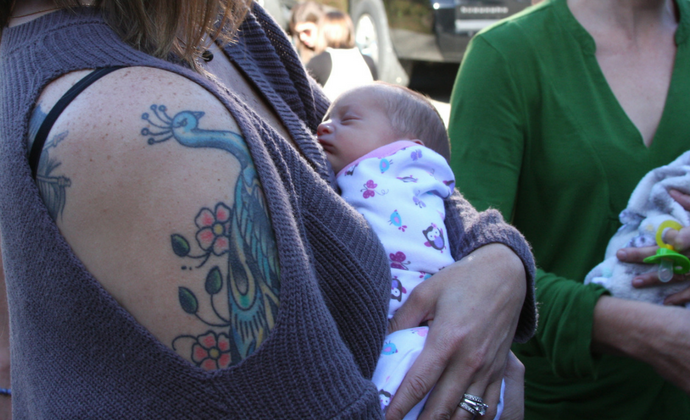
These are not statistics to Kerry – these are friends, patients, and family. Kerry’s son had just suffered an overdose when, in 2015, a young pregnant woman who was homeless and addicted to opioids came into the prenatal center for help. With such a severe lack of resources in the community, Kerry had nowhere to send her. Kerry’s helplessness became too heavy to bear on her own – so she reached out to her community to ask for help.
There once was a woman with a broken heart. She decided to reach out . . .
Kerry got on Facebook and wrote something like: I’m brokenhearted. Anyone else? She waited. Then her friend Colene, a local doctor, responded with: Me too. I’ve been desperate to do something for two years.
The two got on the phone and talked about how overwhelming their town’s pain was, and how they really need a safe place to get these mothers and babies off the streets to heal and be loved.
And Colene said: I have a home we can use. I’ll move my family into something smaller. And she did. She moved her family of four, plus two pets, out of her own home. She made room.
Kerry gathered the other brokenhearted troops in Rochester and together they renovated the home and turned it into Hope on Haven Hill – a safe, beautiful, nurturing, highly structured home where pregnant and addicted women recover with their children and begin again. Where addicted women can get well without fear of their kids being taken away.

The Together Rising Board went to Hope on Haven Hill in October. We went to represent YOU, so I should say: You went to Hope on Haven Hill. You went to listen to mothers, to hold babies, to learn from heroes, to stand astonished at the pain, courage, overcoming, and sisterhood. You went to bring gifts: blankets to wrap around babies and necklaces to remind each mama that she’s a warrior.
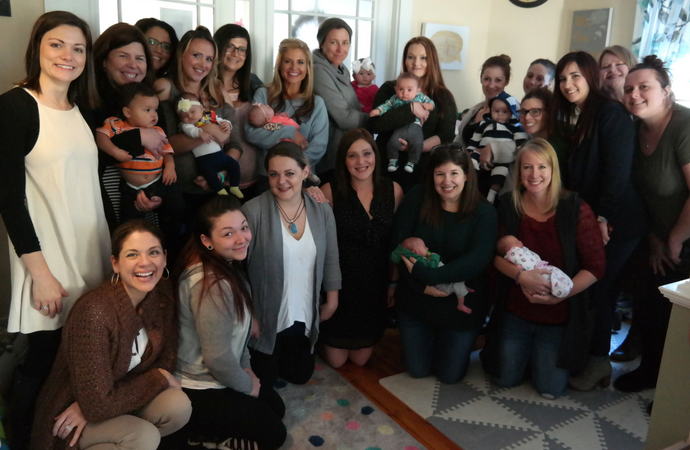
You went, it turns out, to meet Ari. Ari is fierce, soft, honest. She told me about her family, “My mom’s a drug addict, I was born addicted to drugs, and my brother’s a drug addict too. That’s all I’ve ever known – criminal activity and IV heroin use – That’s it.”
Heroin addiction had so ravaged her mother’s and brother’s lives that Ari vowed she would never use it. Yet, by the time she found out she was pregnant with her third baby, Ari was severely addicted to heroin. This is when a friend took her to Hope on Haven Hill. Ari became the first resident on the first day it opened. She worked tirelessly for her own recovery. Kerry stood beside her. In fact, Kerry was the only person Ari invited into the room as Ari gave birth to a little boy she named Haven. Baby Haven – after the home that gave them both hope for a new life.

When we asked: What do you need? What is the next right thing for Hope on Haven Hill? Ari and another alumnus, Michelle, told us that since they’ve graduated from the home, they feel strong and hopeful but also afraid. They came from homelessness. And even though they’re working and going to school – it’s near impossible to find safe, affordable housing. In early sobriety and motherhood – without the sisterhood, without recovery groups – they’re afraid the streets will swallow them up again.
 So we talked to Kerry and Courtney, the Executive Director. We asked: Is transitional housing what you need the most? Kerry nodded. “Yes, it’s what these women and babies need more than anything else. In the entire state of New Hampshire, there are zero recovery-centered transitional houses where a woman can live with her baby. None.” She paused and then Courtney said, “You won’t believe this, but we actually have a dream house picked out.”
So we talked to Kerry and Courtney, the Executive Director. We asked: Is transitional housing what you need the most? Kerry nodded. “Yes, it’s what these women and babies need more than anything else. In the entire state of New Hampshire, there are zero recovery-centered transitional houses where a woman can live with her baby. None.” She paused and then Courtney said, “You won’t believe this, but we actually have a dream house picked out.”
We held our breath. YOU DON’T SAY. SHOW IT TO US, PLEASE.
It’s the house we’re going to buy today. For Kerry and Ari and Haven and for all the women who right now are sick, pregnant, and alone. We will make it so Kerry can open that front door and say: WE HAVE ROOM FOR YOU AND YOUR PRECIOUS BABY. YOU ARE NOT ALONE ANYMORE. COME IN. THERE IS ROOM.
This house will become the FIRST transitional home of its kind in New Hampshire. Ari and Haven will be among the first residents. Meet Ari:
NOW, I need to tell you a vital part of this story. Please come close.
The more we read about the opioid crisis, the more curious we became about this: This opioid crisis – largely suburban and rural – is strikingly parallel to the urban crack crisis of the eighties and early nineties.
Both began when pharmaceutical companies introduced a new addictive drug to the market, doctors overprescribed it, people became dependent on it, and all hell broke loose.
Here is what is different: The Americans affected by the current wave of addiction are predominately white. The Americans affected by the previous wave of addiction are predominately black.
So we started looking at the language America uses to frame both epidemics. Please read closely because we are about to see how language controls our compassion and responses.
America responded to the crack epidemic by declaring a “War on Drugs,” so Americans understood that addicts were dangerous enemies we should fear, vilify, and jail. Likewise, the vast majority of the funding to address the War on Drugs went toward building prisons, hiring law enforcement, and incarcerating addicts. Crack addicts (predominately black) faced mandatory minimum prison sentences that were 100 times longer than the sentences of (predominately white) cocaine addicts. Public opinion followed suit: Much of America shamed and dehumanized the victims of the crack epidemic – dismissing them as crackheads and crack whores and crack babies.
But now that the addiction epidemic has a white, suburban and rural American face, we aren’t using war language. We are responding by declaring an “Opioid Crisis.” Do you see the difference? When we declare a war, we have enemies to fear. When we declare a crisis, we have victims to help.
I don’t know how else to make sense of this other than to say: The response to black addiction in America has largely been war and jail. The response to white addiction has largely been crisis and treatment.
Our Board had to reckon with this reality: The “new” drug crisis isn’t new at all – it’s been raging in America for decades. What’s new is that America finally decided to respond appropriately, because the victims now look more like the decision makers.
So that’s the hard news. The hopeful news is this: Since the crisis isn’t new, Kerry – and the other warriors scrambling to respond to the devastation of their communities – don’t have to reinvent the wheel. The wheel has already been turning – in the black communities fighting this fight. I’ve said this before and I’ll say it again: When you feel shocked and paralyzed by injustice or collective pain, look toward the folks who are not shocked – because the struggle for equality is not new for them. Look for the women of color. Women of color are the generals of justice.



We found our generals of justice on the front lines of the addiction crisis at Martha’s Place in Baltimore – a half a block from an open-air drug market.
When Ms. Amelia and her husband started connecting with neighbors two decades ago, the people said they desperately needed a place where addicted women could come to get clean. Babies needed their moms healthy again. Ms. Amelia, who lost her own sister to addiction, gathered her broken heart, rallied volunteers who were also brokenhearted, and together they purchased and renovated an abandoned building haunted by drug dealers, and opened Martha’s Place in 2000.

Martha’s Place occupies five converted row houses as a long-term home for women recovering from addiction and starting independent lives. Also on that corner are its sister projects: an arts program for youth and an urban farm offering employment opportunities to formerly incarcerated returning citizens who come back home to the community. The corner on which Martha’s Place stands was formerly a festering drug market and, because of the rehabilitation of the women and the redemption of that space, locals now refer to that corner as “Resurrection Intersection” – an oasis of hope in one of the most troubled parts of Baltimore. Ms. Amelia and her husband live on the same corner in one of the row houses with the women they have served for more than 17 years. Meet Ms. Amelia:
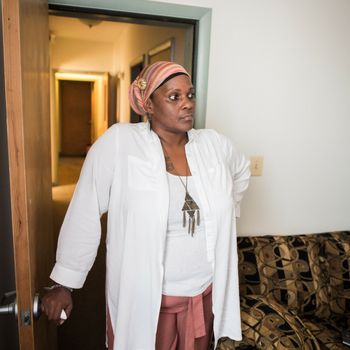 Ms. Amelia and the people of Martha’s Place loved these women and this neighborhood through wartime – before the compassion, outreach, and funds that came in with the wave of an official “crisis.” And they are still struggling to afford to offer these vital resources.
Ms. Amelia and the people of Martha’s Place loved these women and this neighborhood through wartime – before the compassion, outreach, and funds that came in with the wave of an official “crisis.” And they are still struggling to afford to offer these vital resources.
Today, we are asking you to fund the transitional house for Hope on Haven Hill in New Hampshire.
And, for Martha’s Place, we are asking you to keep alive the hope, community, and redemption that exists on that corner. To continue the legacy of service at Martha’s Place, we would like to fund an addictions counselor to meet regularly with the recovering women; a program director to help the women with family reintegration, job skills, and placement; investment in alumni coordination so that women further along in recovery can serve as mentors, and alumni can rely on their sisters for continuous support and accountability; and critically necessary repairs to the homes so they can continue their warriors’ journey with dignity.
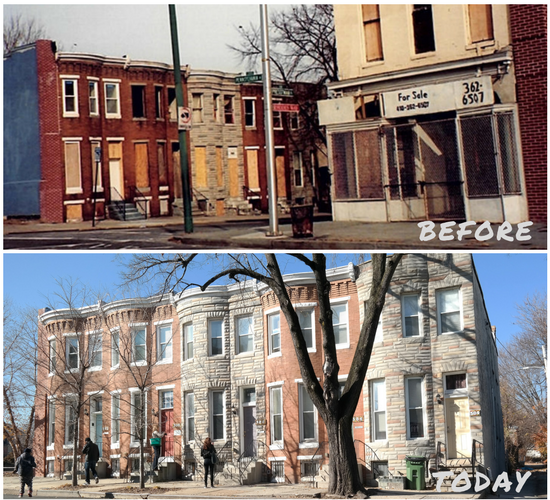
We are all worried about the state of our world. We are at a fever pitch of panic and fear. And, yet, while America is arguing, there are warriors out there helping, serving, and creating a more beautiful world. The world is not changed by our “rightness,” the world is changed by our kindness. Our opinion won’t change the world. But our love might.
We cannot fix everything and we cannot save everyone. It is not our duty to worry about what we cannot do. It is our duty to do what we can do.
We can do this. We can join our broken, tireless hearts with these warriors and heal this part of the world, together.
Please Give. Every penny we receive from your tax-deductible donations will go directly to Hope on Haven Hill and Martha’s Place – and any extra we receive will fund homes like these throughout America. As always, we will share every detail about how the money is used in upcoming months.
You can make your tax-deductible donation by clicking here or on the GIVE NOW button below. Please give what you can today — $5, $10, $15, or $25 – these miracles happen because of small donations from thousands of people. Today we’re bringing hope to these women and babies through all of our small gifts given with great love. Remember that every donation matters.
This is our doorstep and we are the innkeepers. Today we say to homeless mothers and their babies: Come, we have made room for you. Be safe and get well. We love you, and the world needs you.
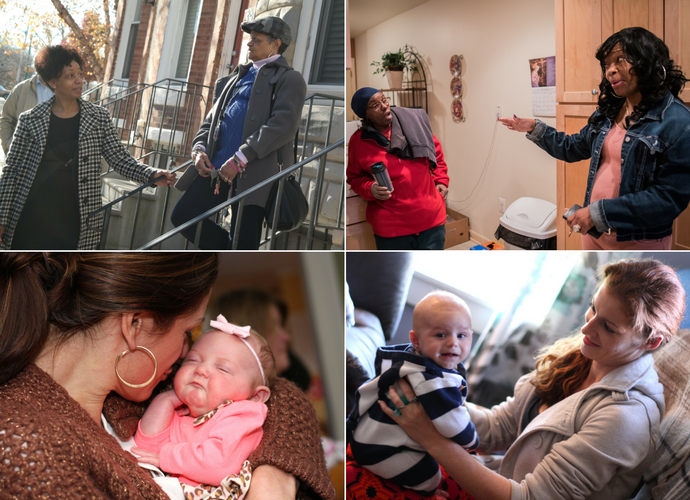
Our team compiled the resources below for you if you or a loved one is suffering from addiction, or if you wish to learn more about this and other drug epidemics.
If you or a loved one is suffering from addiction:
Substance Abuse and Mental Health Services Administration (SAMHSA) national helpline. 1-800-662-HELP (4357) or 1-800-487-4889 (TTY — for deaf/hard of hearing). This hotline can provide free and confidential information for individuals and family members facing substance abuse and mental health issues. You can call 24 hours a day, 7 days a week.
General Resources from the Substance Abuse and Mental Health Services Administration. Find information on locating physicians and treatment programs authorized to treat opioids, such as heroin or prescription pain relievers, around the country.
Heroin Anonymous (HA). HA describes itself as “A fellowship of men and women who have found a better way of life, free from heroin addiction. Our fellowship is based on a twelve-step program of recovery . . . There are no dues or fees for membership.” (The website lists meetings and reading materials).
Opioid treatment program directory. A list of opioid treatment programs in each state.
Behavioral health treatment locator. An anonymous source of information regarding behavioral health treatment facilities.
Buprenorphine treatment practitioner locator. A source to locate physicians authorized to treat opioid dependence with buprenorphine.
Overdose Prevention Toolkit. A guide to opioid use, overdose, recovery, and facts for community members.
Partnership for drug-free kids. A non-profit supporting families struggling with a child’s substance use. You can call the helpline at 1-855-378-4373, live chat, or email them for more information, resources or help.
Directory of Single State Agencies for Substance Abuse Services. A directory of state-funded drug treatment facilities.
How to help an Opiate Addict. How to help an opiate addict including talking to a loved one, signs, and treatment.
To learn more about the opioid epidemic:
US Dept. of Health & Human Services Opioid Fact Sheet
CDC-Understanding the Epidemic of Opioids
Short Answers to Hard Questions About the Opioid Crisis
Heroin deaths surpass gun homicides for the first time, CDC data shows
How the Epidemic of Drug Overdose Deaths Rippled Across America
Opioid overdoses shorten US life expectancy by 2½ months
Dramatic Increases in Maternal Opioid Use and Neonatal Abstinence Syndrome
A Tide of Opioid-Dependent Newborns Forces Doctors to Rethink Treatment
To learn more about the difference in the national reaction to the crack epidemic of the 1980s-1990s versus the national reaction to the current opioid epidemic:
Opioid Vs. Crack Addiction: A Racial Double Standard?
What the ‘Crack Baby’ Panic Reveals About The Opioid Epidemic
There was no wave of compassion when addicts were hooked on crack
Opioid epidemic shares chilling similarities with the past
Race, the crack epidemic and the effect on today’s opioid crisis
How White Users Made Heroin a Public-Health Problem
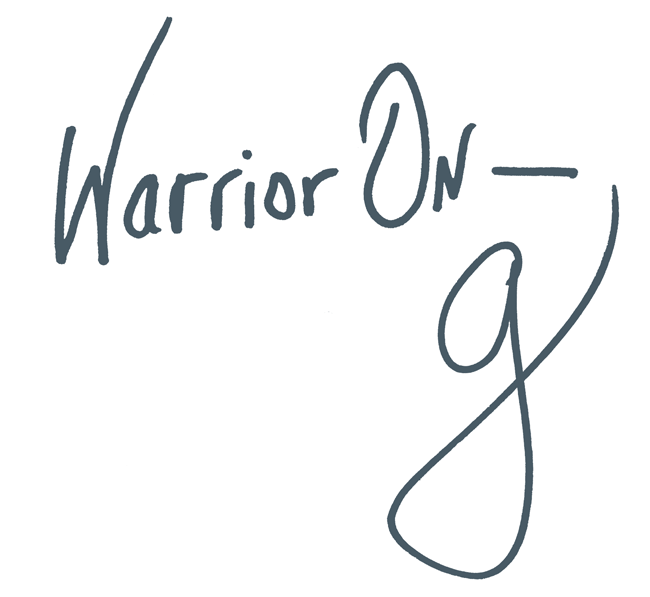
Author of the #1 New York Times Bestseller LOVE WARRIOR — ORDER HERE
Join Glennon on Facebook, Twitter, & Instagram


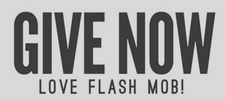

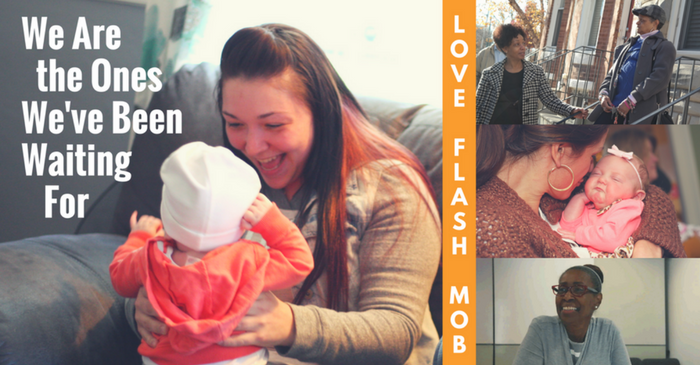



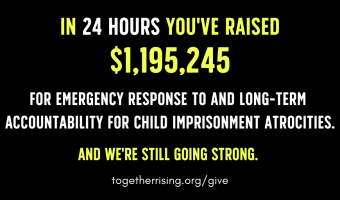


329 Comments
Fantastic Post We can fix something, but we can’t fix everything. TODAY, LET’S GIVE THESE BABIES A HOME!
This essay is indeed quite good; keep it up. I’ve read a lot of material regarding blogger lovers.
Hi this is Reena Rai young, beautiful and very sexy Model Girl
Hello, I am Anjali Rana, my age is 21 years old. I have great eyes, long black hair, sexy legs, big firm breasts, and a sexy figure.
This is an outstanding post, wow. I found your content to be beneficial. Do not cease spreading the good news. I bookmarked your website because I found so many interesting things there.
Thanks for sharing this beautiful article
Though I’ve read a lot of content regarding blogger lovers, I think this piece is very nice; keep it up.
Thanks you for this article
You make so many great points here. Thankjob for this fantastic post
Its a great pleasure to read this post. Awesome! Its full of information here
This blog is exceptional. It was a pleasure to read your articles. This book was exceedingly entertaining for me. I have bookmarked it and am enthusiastic about reading additional content. Maintain your exceptional performance!
Great Your Post!!!
It is a great website..
Nice Blog. Thanks for sharing with us. Such amazing information.
skutečný řidičský průkaz a registrovaní na našich webových stránkách, aniž byste museli skládat jakoukoli zkoušku nebo absolvovat praktický test. vše, co potřebujeme, jsou vaše údaje a během příštích osmi dnů budou zaznamenány v systému. Řidičský průkaz musí projít stejným registračním řízením jako průkaz vydávaný v autoškolách,
It is a great website.. The Design looks very good..
Hello
Cool one
cool
Hello, I am Anjali Rana, my age is 21 years old. I have great eyes, long black hair, sexy legs, big firm breasts, and a sexy figure.